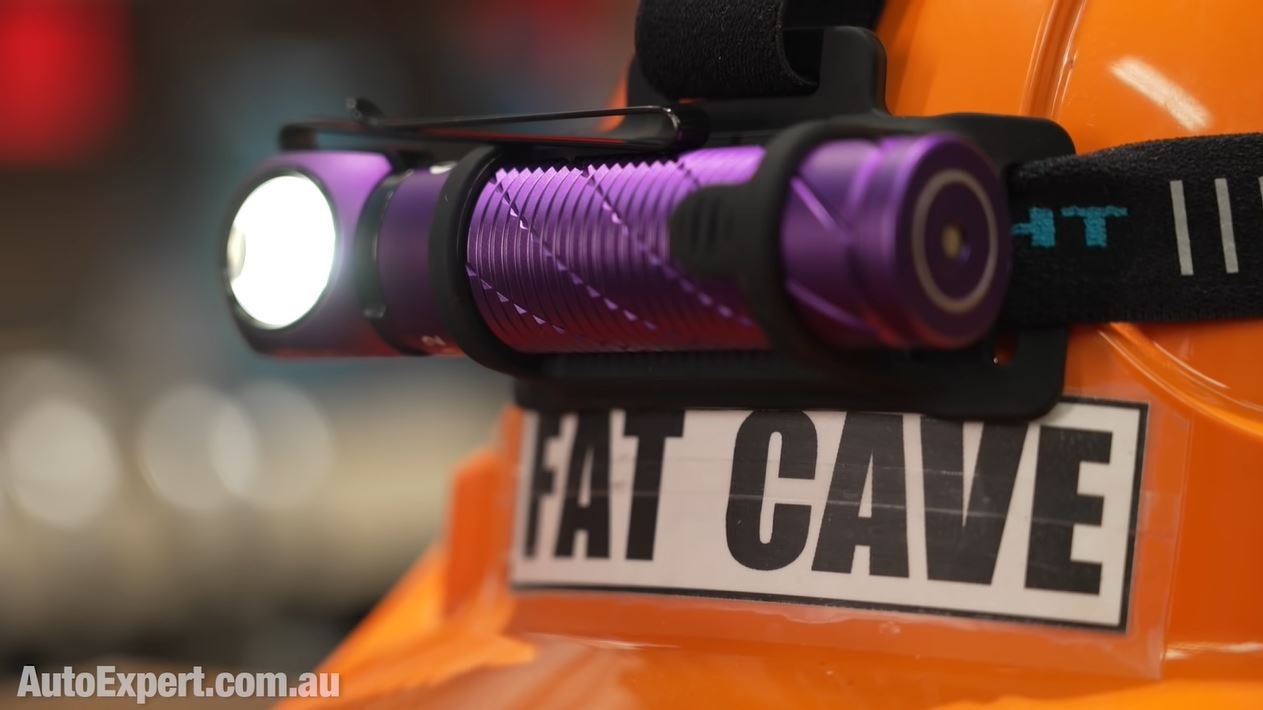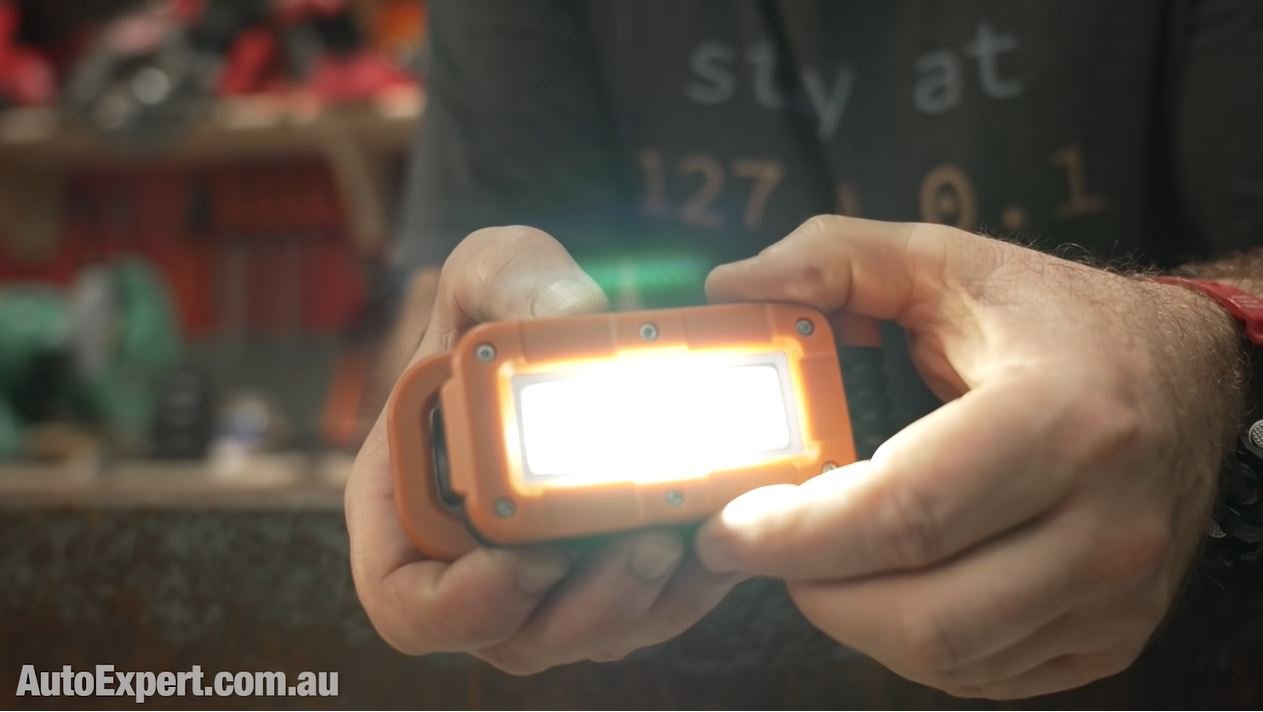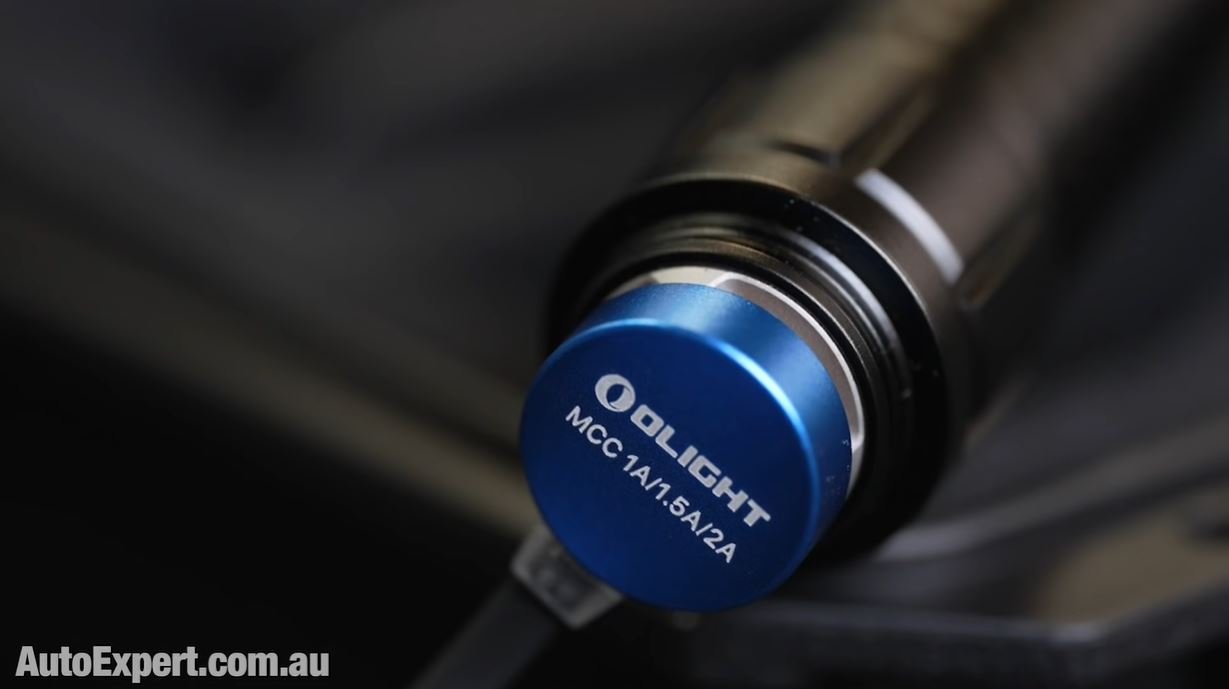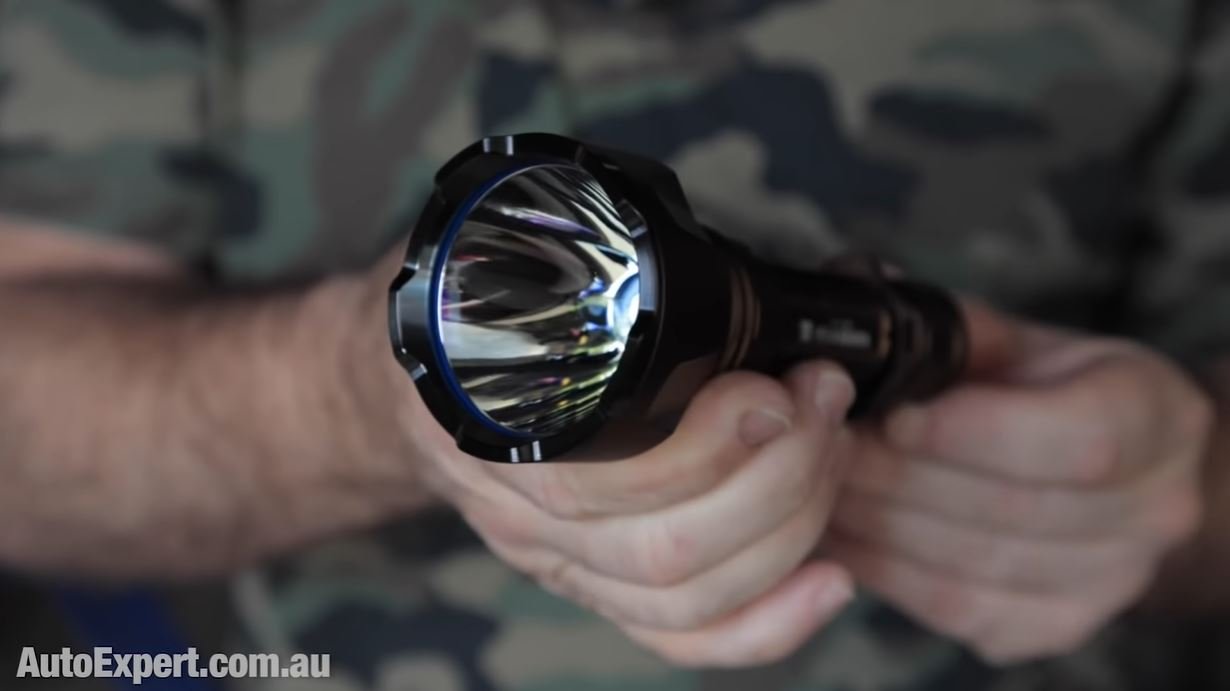Aerodynamics and towing your caravan: What you need to know
An Australian caravan enthusiast attempts to modify their big, heavy camper. Here's why your DIY caravan accessory won't solve your aerodynamic drag problem...
Another Australian caravanner wants to solve an aerodynamic drag problem despite failing to see the bigger picture regarding why it won’t work.
In this report, we’ll discuss why a big box on wheels is more aerodynamic than you might think, how to cure yourself of the ineffective ideas that might see you alone in your Fat Cave trying to solve problems that don’t exist.
Of all the many and varied kinds of Australian road users, the ‘caravanner’ is my favourite character, by far. Caravanners are full of roadgoing surprises, contradictions and inspiration, aren’t they?
Here’s one such portable mini-house enthusiast:
Laurie, this will not help. The best way to handle this problem you refer to is don’t tow a caravan.
I initially thought this was a joke. Now I’m not so sure. The dialect suggests it might be real.
Laurie added, complete with illustrations:
This question as it was emailed I found quite confronting. See, the unladen weight of this New Age XU caravan, with integrated toilet abutting the dining area, is 2973 kilos, according to them. That’s before you put all your gear in it.
So, once stacked with crockery, cooking appliances, bags, a full water tank, gas bottle/s, bedding, bike racks etc, it's a 3.5-tonne rolling box on the highway, doing 110km/h. Costing ‘from $81,490’ according to New Age. I assume that’s for the base-model - probably $100k by the time it’s rolling, with the features you want.
So, to tow something quite that preposterous, you really need a LandCruiser or Nissan Patrol, because it’s too heavy for a ute. And even then it’s a stretch. And a LandCruiser is going to cost you another $100k (plus). So you’re looking at roughly $200,000, right there, just to join the fraternity. That’s the cost of an extension on an average house.
But to be fair, little is as nostalgic as a caravan, going to the toilet within arm’s length of the dining table and the kitchen.
If you have $200k to spend on a caravan of this nature, why do you care about aerodynamic drag? The only reason to care is fuel consumption. And if you’ve got 200 grand, disposable, fuel is cheap.
My AutoExpert AFFORDABLE ROADSIDE ASSISTANCE PACKAGE
If you’re sick of paying through the neck for roadside assistance I’ve teamed up with 24/7 to offer AutoExpert readers nationwide roadside assistance from just $69 annually, plus there’s NO JOINING FEE
Full details here >>
Check out my Olight discount! These flashlights are awesome and Olight supports this channel.
Get 12% off your order using the code AEJC here: https://bit.ly/3zF5hCQ
THE SIMPLEST WAY TO REDUCE DRAG
If you care about aerodynamic drag, in principle, why buy an absurdly huge caravan that’s three metres high, 2.5 metres wide, with the express intention of towing it, and all that additional weight, through the air at 100km/h? Seems counterproductive.
It is, also, absurdly dangerous to tow 3.5 tonnes at 100km/h, when 80km/h would make far more sense, by not risking your own life and the lives of those around you.
As a side benefit, aerodynamic drag would also drop by roughly one third. However, you wouldn’t experience the thrill, the joy, of designing your own rear caravan spoiler.
Frankly, the real problem, as I see it, is the information age has allowed anyone, no matter how poorly qualified or ill suited, to jump straight into a CAD environment and design-up their own anything, no matter how lacking their knowledge is.
You can essentially design anything. What could possibly go wrong?
What I’d suggest instead is, put your hand out the window, and observe - even speculate - what the real culprit here is. Aerodynamically, it might be the high pressure at the front of whatever you attempt to push through ambient air.
Treating the back of anything, from the roof, is unlikely to address the root cause of the drag problem.
If you’re ever constrained by rational thought, try to at least start with observation. Have a look at long-haul trucks, which is a hugely competitive business. Any edge, commercially, means a big wad of cash on the bottom line…
You might be forced to wonder why all the aerodynamic treatment in trucks goes up the front. Then ask yourself why the blunt edge of the trailer, at the rear, is left bare and square, every time.
Perhaps it’s because every aerodynamicist who has approached this issue has failed to give the “32mm medium dive” home sketch-up aerofoil the consideration it deserves.
To our man Laurie, why fit this genius innovation only on the top? Why not make it three times as effective and fit it to the sides as well? Because it won’t work, it’ll just create more drag.
Look, assuming that flow separation really was an issue, and a benefit might be derived by implementing some countermeasure here, you’d have to do actual wind tunnel testing (or simulate that on the road, or you could do it with CFD, but you’d need to build a complete, accurate digital model)...
The purpose for doing this would be to determine where the flow was separating at particular travel speeds (probably right at the leading edge of the roof), and then you’d need to put vortex generators in those locations to suck the flow back onto the van.
What are vortex generators? Boeing and Airbus do that on the wings of commercial jets. They’re hidden in plain sight. Lexus has them on the LX 570 at the rear. They’re also routinely on wing mirrors and at the front of cars. Of course, Boeing or whomever doesn’t just fit them after mentally masturbating on this issue. Actual aerodynamicists get consulted.
So, here’s how I’d approach this, if I were Laurie:
First up, upon receipt of your New Age caravan (or similar), I’d simply leave it alone and enjoy it.
This is probably the best advice for aerodynamic treatment of a caravan I can imagine.
Certainly, you could just set fire to it, which would reduce the future aerodynamic drag by almost 100 per cent. And other road users will thank you endlessly. This, unlike Laurie’s email, is actually a joke.
If you must do this, Laurie, drive at 80 instead of 110km/h. Simply reduce the drag by reducing the drag caused by your speed. You might also get there alive. And drag will drop by more than one third.
Finally, instead of jumping straight into designing something, attempt to learn something about aerodynamics first. Do some investigation, look around, start with trucks.
If you start ‘designing’ without first putting in even vestigial work, gathering information, learning the rules, making friends with Bernoulli in this case, you’re really just playing around, pointlessly losing whatever time you have left. And that does seem wasteful to me.
Don’t get me wrong, I’m not suggesting that New Age caravans are particularly hideous or poorly designed in any way. They’re quite typical, as far as I can tell.
To me, all caravans, irrespective of brand, are aesthetic travesties and philosophical abominations from an engineering perspective.
I’m not an aerodynamicist, but I did study Newton, Pascal and Bernoulli, including flow, boundary layers, wake vortices, laminar vs turbulent, viscosity. It’s pretty complex stuff. Maybe I just know enough to know what I don’t know. As opposed to presuming I’ve got what it takes.
Anyway, I just would not be bold enough to presume I could simply ‘fix’ the aerodynamics of that caravan.
Imagine if NASA had run Apollo that way, crowd-sourcing the whole moonshot.





















The MG ZS is a small SUV that offers such strong value to most buyers that it should be on your shortlist be default, even when shopping for a used car. But given that no car is perfect, the price could easily distract from its drawbacks.